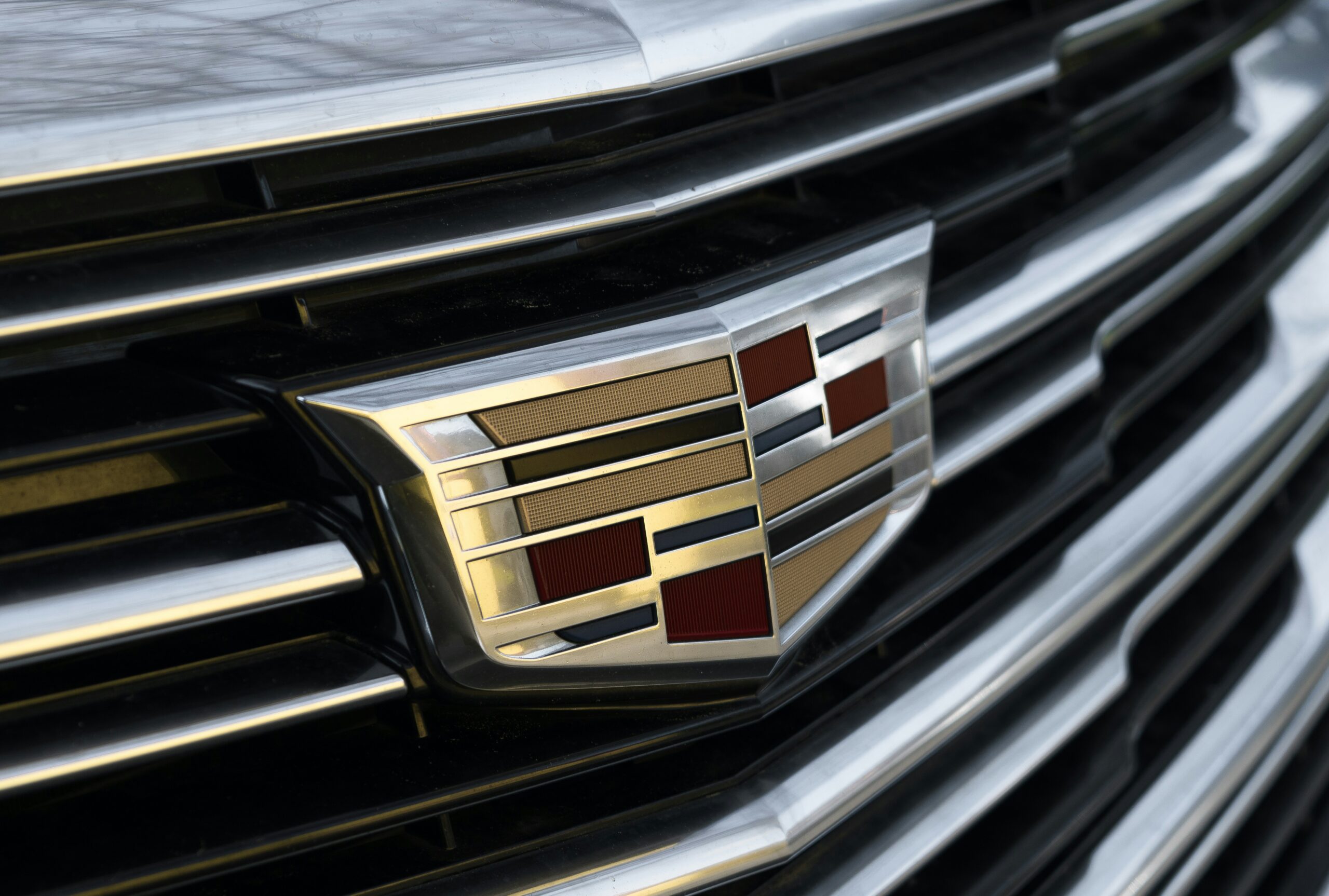328 vs. 500K: Pre-War Icons of Sporting Luxury
In the realm of luxury automobiles, few comparisons evoke as much reverence and nostalgia as the BMW 328 and Mercedes-Benz 500K. Manifesting the prime of automotive engineering and design during the pre-war period, both vehicles exemplified the spirit of their times. This article explores the historical significance, distinctive characteristics, and performance attributes of these two illustrious models, as well as their lasting impact on the automotive industry.
A Brief Overview
The BMW 328 made its debut in 1936, garnering acclaim for its lightweight design, advanced construction techniques, and remarkable racing pedigree. The car came to symbolize a new era of sports performance, taking Germany by storm with its blend of speed and elegance. In contrast, the Mercedes-Benz 500K, introduced in 1934, stood out as the epitome of luxury-oriented performance. With its powerful engine and grand styling, the 500K was cherished by the elite and offered an unrivaled presence on the road.
Historical Context
The 1930s marked a period of remarkable change and innovation in the automotive industry. Following World War I, both BMW and Mercedes-Benz aimed to re-establish themselves as leaders in the luxury automobile market. The introduction of the BMW 328 coincided with an increased interest in sporty cars that catered to affluent customers. Meanwhile, the Mercedes-Benz 500K targeted a different demographic—those who coveted the luxuriousness of craftsmanship paired with high performance. Both vehicles catered to distinct yet overlapping audiences, showcasing the brands’ divergent yet intertwined approaches to automotive excellence.
The Design Elements
The design philosophy behind both the BMW 328 and Mercedes-Benz 500K reflects their unique identities. The BMW 328, designed by Jeno Frank, embraced a streamlined aesthetic that emphasized agility and sportiness. The car featured a compact, aerodynamic body that contributed not only to its impressive speed but also to its visual appeal. The design was innovative for its time, employing lightweight materials such as aluminum and magnesium, which significantly reduced the overall weight of the vehicle.
On the other hand, the Mercedes-Benz 500K commanded attention with its bold, elongated silhouette and opulent detailing. The car was characterized by its distinctively large grille, sweeping lines, and intricate chrome accents. Options such as custom coachwork offered buyers the chance to personalize their vehicles, resulting in unique commissions that further enhanced the car’s allure. The 500K catered to those with lavish tastes, and its design reflected sophistication and exclusivity.
Comparative Performance
Performance stands at the heart of any comparison between the BMW 328 and Mercedes-Benz 500K. The 328 was equipped with a 2.0-liter inline-six engine, producing around 80 horsepower—a figure that might seem modest by today’s standards but was impressive at the time. The car’s lightweight construction allowed it to reach top speeds of approximately 100 mph. Its racing pedigree was solidified by its success in various competitions, including the Mille Miglia, where it famously excelled against larger and more powerful competitors.
In contrast, the Mercedes-Benz 500K’s performance was defined by its formidable 5.0-liter supercharged inline-eight engine, which produced between 160 and 180 horsepower, depending on specific configurations. The additional power allowed the 500K to reach impressive speeds, with reported top speeds of around 100 mph as well, making it a strong competitor on the road and in racing events. The 500K’s advanced suspension system and refined handling provided an exceptional driving experience, merging power and elegance seamlessly.
Materials and Craftsmanship
The materials used in the construction of both vehicles are vital to understanding their appeal. The BMW 328 utilized progressive engineering practices, integrating lightweight yet durable materials that contributed to the car’s performance characteristics. Its chassis was built with a focus on rigidity while keeping weight to a minimum, allowing for impressive agility and responsiveness during driving.
The craftsmanship of the Mercedes-Benz 500K, however, exemplified opulence. The use of high-quality materials, including leather upholstery and chrome accents, created a lavish interior that appealed to the car’s elite clientele. Additionally, many 500Ks featured custom bodywork, enhancing individuality and catering to the luxurious ambitions of their owners. This bespoke aspect underscored Mercedes-Benz’s commitment to excellence in craftsmanship.
Unique Features of Each Model
- BMW 328: Notable for its lightweight frame and innovative aerodynamics, enhancing speed and maneuverability. The model’s unique design allowed for an advanced low center of gravity, benefiting performance in racing environments.
- Mercedes-Benz 500K: Distinguished by its supercharged engine and the availability of various coach-built designs, allowing for personalized elements that enhanced the luxury experience. The vehicle’s engineering allowed for superior comfort along with swift performance.
Pricing and Value Today
Today, the market value of these iconic vehicles can vary significantly based on factors such as condition, provenance, and rarity. As of recent estimates:
- The BMW 328 is valued between $500,000 to upwards of $875,000, particularly for models with a notable racing history or unique specifications.
- The Mercedes-Benz 500K commands a higher price point, with values ranging from $1 million to over $4 million, depending upon its configuration and historical significance.
These price ranges illustrate not only the desirability of these automobiles among collectors but also their status as symbols of craftsmanship and historical importance.
Authenticity: Identifying the Real Deal
When exploring ownership of either a BMW 328 or a Mercedes-Benz 500K, it is crucial to ensure the authenticity of the vehicle. Here are a few pointers to help determine authenticity:
- Check VIN Numbers: Each vehicle should have a unique VIN number that corresponds with official records.
- Review Documentation: Authentic cars often come with supporting documents detailing their history, provenance, and service records.
- Examine Design Features: Look for inconsistencies in design and feature placement that may indicate a replica or counterfeit vehicle.
Given the complexity of vintage automobiles, prospective buyers are encouraged to seek professional evaluation when assessing a vehicle’s authenticity.
The Legacy of BMW 328 and Mercedes-Benz 500K
The lasting impact of the BMW 328 and Mercedes-Benz 500K can be felt in the automotive design and engineering fields. Each vehicle represents a milestone in terms of what could be achieved in their respective eras. They set standards for performance, luxurious comfort, and innovative design that would influence future generations of vehicles.
Moreover, their involvement in motorsport has etched their names in automotive history. Both models have become sought-after collectibles at auctions and among enthusiasts, being featured in car shows and rallies across the globe. Their roles not only as means of transportation but as works of art and historical icons reaffirm their significance in the luxury automotive sector.
Conclusion
The comparisons between the BMW 328 and Mercedes-Benz 500K delve beyond mere specifications; they reflect the aspirations and cultural landscapes of the times in which they were made. Each car tells a story of innovation, luxury, and sheer engineering prowess. Owning such an exceptional piece of automotive history offers not only a mode of transportation but also a connection to the remarkable legacy of pre-war luxury cars.
For those intrigued by the allure of vintage automobiles, either the BMW 328 or the Mercedes-Benz 500K could be the perfect addition to a collection, capturing a slice of history and a testament to human ingenuity in automotive design.
For additional insights and details about luxury vehicles and their histories, please visit the following sources:





